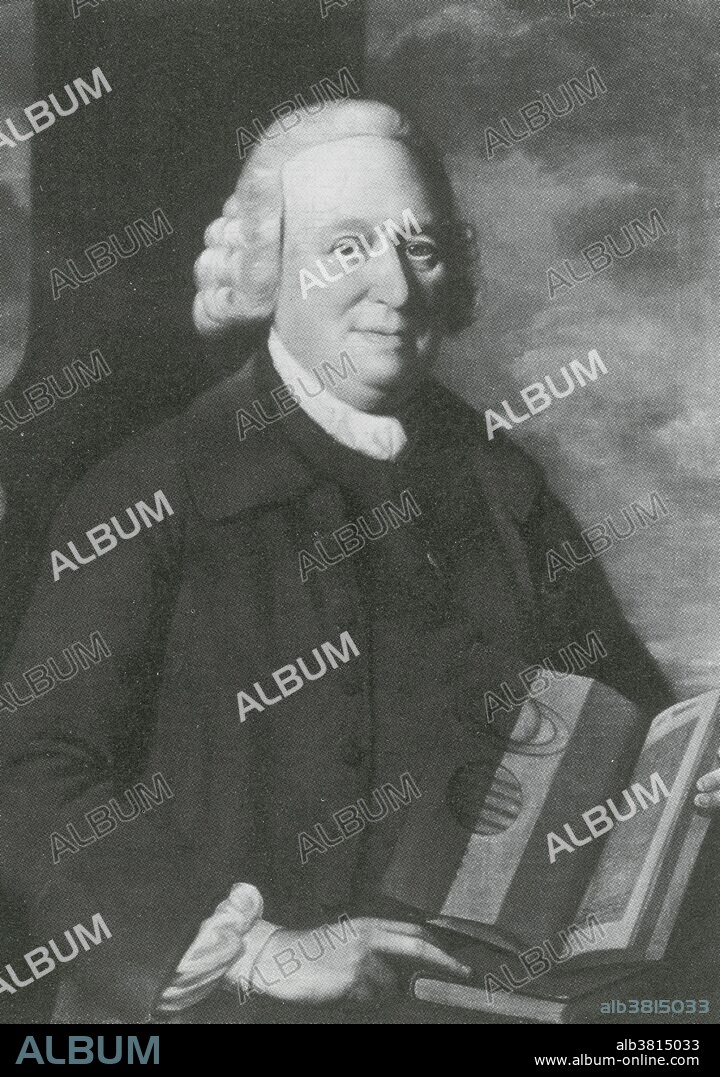alb3815033
Nevil Maskelyne, English Astronomer

|
Zu einem anderen Lightbox hinzufügen |
|
Zu einem anderen Lightbox hinzufügen |



Haben Sie bereits ein Konto? Anmelden
Sie haben kein Konto? Registrieren
Dieses Bild kaufen.
Nutzung auswählen:

Titel:
Nevil Maskelyne, English Astronomer
Untertitel:
Siehe automatische Übersetzung
Nevil Maskelyne (October 6, 1732 - July 20, 1811) was an English astronomer. His interest began while at Westminster School, shortly after the eclipse of 1748. His first contribution to astronomical literature was A Proposal for Discovering the Annual Parallax of Sirius, published in 1760. In 1761 the Royal Society dispatched him to the island of St. Helena to observe the transit of Venus. Bad weather prevented any useful observations, but he used his journey to develop a method of determining longitude using the position of the moon (lunar distance method). While chronometers were more accurate, the lunar distance method was cheaper and was the predominant method used well into the 19th century. Since his observations and calculations were made at the Royal Greenwich Observatory, the Greenwich meridian eventually became a common base for longitude worldwide and was adopted internationally as the Prime Meridian in 1884. In 1772 he proposed to the Royal Society what was to become known as the Schiehallion experiment (named after the mountain), for the determination of the Earth's density using a plumb line. He became the fifth English Astronomer Royal in 1765 and held the post until his death in 1811 at the age of 78.
Bildnachweis:
Album / Science Source / New York Public Library
Freigaben (Releases):
Model: Nein - Eigentum: Nein
Rechtefragen?
Rechtefragen?
Bildgröße:
2658 x 3778 px | 28.7 MB
Druckgröße:
22.5 x 32.0 cm | 8.9 x 12.6 in (300 dpi)
Schlüsselwörter:
18. JAHRHUNDERT • 18. JH. • ASTRONOMIE • BERÜHMT • BERÜHMTE PERSÖNLICHKEIT • EUROPAEER (F M) • EUROPAEER • EUROPÄER (F M) • EUROPÄER • EUROPÄISCH • MANN • NOTABEL • OELFARBE • PERSON • PERSöNLICHKEITEN • PERSÖNLICHKEITEN • PORTRAIT • PROMINENZ • REVEREND • WISSENSCH.: ASTRONOMIE • ÖLFARBE
 Pinterest
Pinterest Twitter
Twitter Facebook
Facebook Link kopieren
Link kopieren Email
Email
